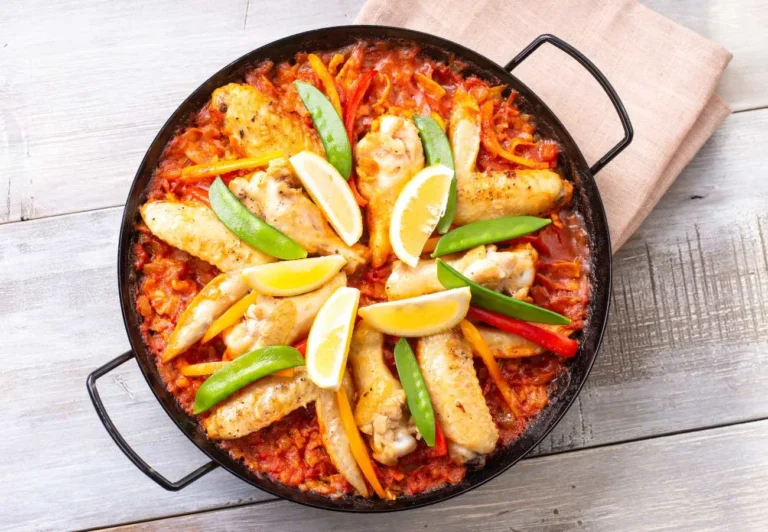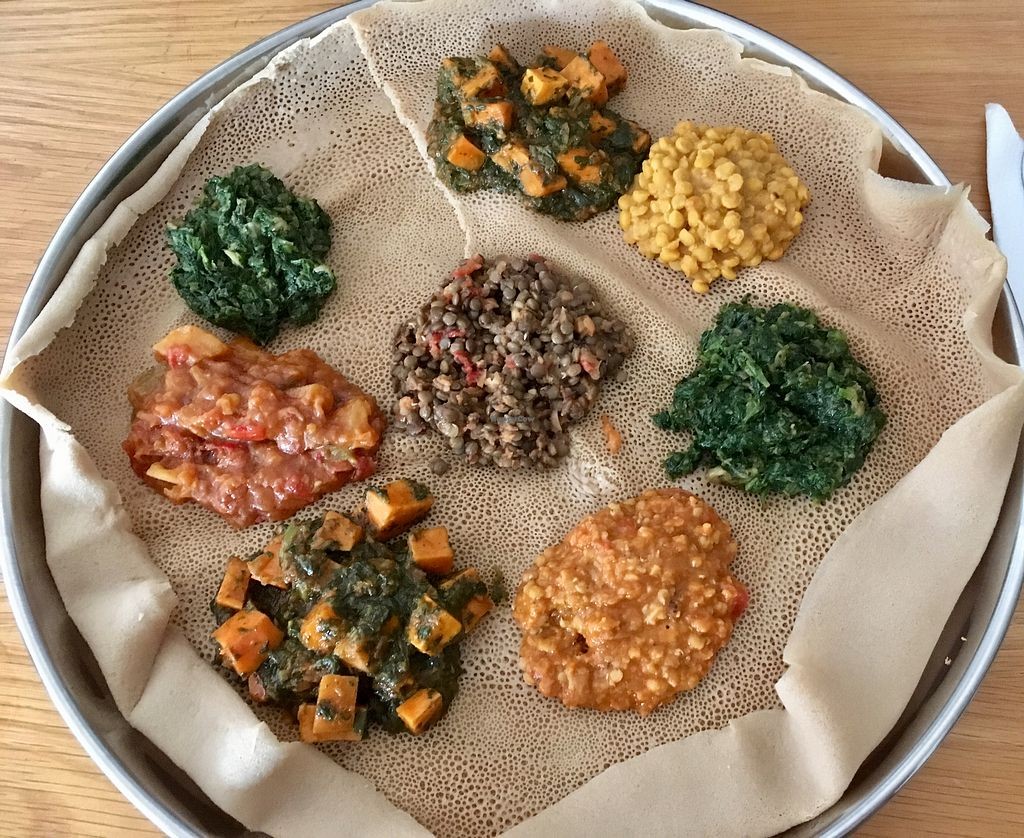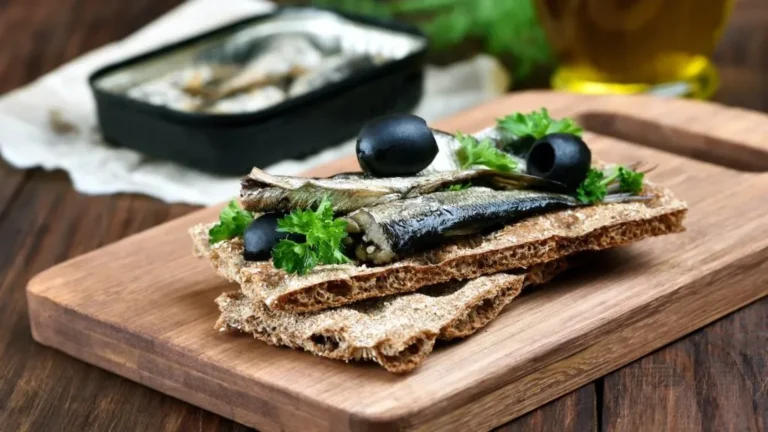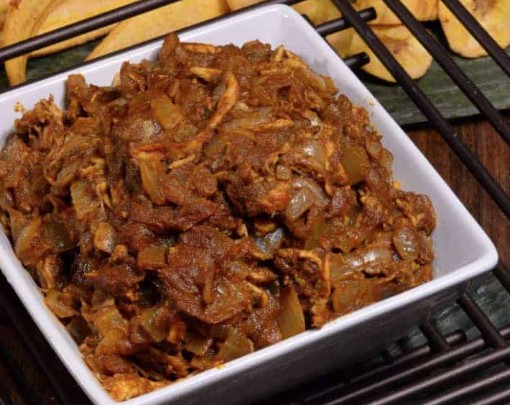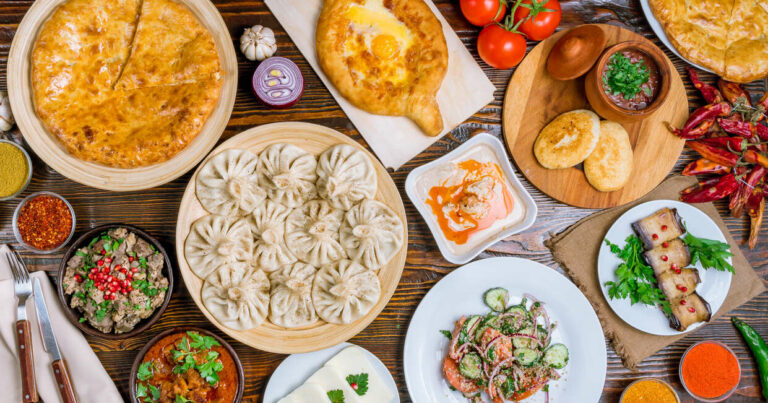What is Salsa in Equatorial Guinean Cuisine?
Salsa is a spicy condiment commonly used in Equatorial Guinean cuisine. It is a versatile sauce that can be used as a dip or as a topping for many types of dishes. The key ingredients of salsa are chili peppers, tomatoes, onions, garlic, and vinegar. The combination of these ingredients creates a unique flavor that is both spicy and tangy.
Origin and History of Salsa
Salsa has a long history in Equatorial Guinea and is deeply rooted in its culture. It is believed that the sauce originated in Mexico but was brought to Equatorial Guinea during the colonial era. Over time, the sauce has evolved to incorporate local ingredients and flavors. Today, salsa is an essential part of Equatorial Guinean cuisine and can be found in many dishes.
Ingredients of Traditional Salsa
The ingredients of traditional salsa include chili peppers, tomatoes, onions, garlic, and vinegar. The type of chili pepper used can vary depending on personal preference, but the most common varieties are jalapeno and habanero. The tomatoes are typically diced and mixed with the onions and garlic, while the chili peppers are finely chopped. The mixture is then seasoned with vinegar and salt to taste.
Different Types of Salsa in Equatorial Guinea
There are many different types of salsa in Equatorial Guinea, each with its unique flavor profile. Some of the most popular types include tomato salsa, mango salsa, and avocado salsa. Tomato salsa is the most traditional type and is typically made with diced tomatoes, onions, and chili peppers. Mango salsa is a sweeter variation that uses diced mango instead of tomatoes, while avocado salsa is made with diced avocados and lime juice.
Culinary Uses of Salsa in Equatorial Guinea
Salsa is used in a variety of ways in Equatorial Guinean cuisine. It is commonly used as a dip for chips or as a topping for tacos and other dishes. It can also be mixed into soups and stews to add flavor and spice. Salsa is a versatile ingredient that can be used in many dishes, making it an essential part of Equatorial Guinean cuisine.
Nutritional Value of Salsa
Salsa is a low-calorie condiment that is packed with flavor. It is rich in vitamins A and C, as well as antioxidants. The chili peppers used in salsa are known to have anti-inflammatory properties, making it a healthy addition to any diet.
How to Make Salsa at Home
To make salsa at home, start by finely chopping the chili peppers, tomatoes, onions, and garlic. Mix the ingredients together in a bowl and season with vinegar and salt to taste. For a sweeter salsa, add diced mango or pineapple. For a creamier salsa, add diced avocado.
Conclusion: Salsa in Equatorial Guinea
Salsa is a staple condiment in Equatorial Guinean cuisine. Its spicy and tangy flavor adds depth and complexity to dishes, making it an essential part of many recipes. Whether used as a dip or as a topping, salsa is a versatile ingredient that can be used in many dishes. Its nutritional value and health benefits make it a healthy addition to any diet, and its rich history and cultural significance make it an important part of Equatorial Guinean cuisine.

